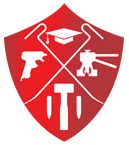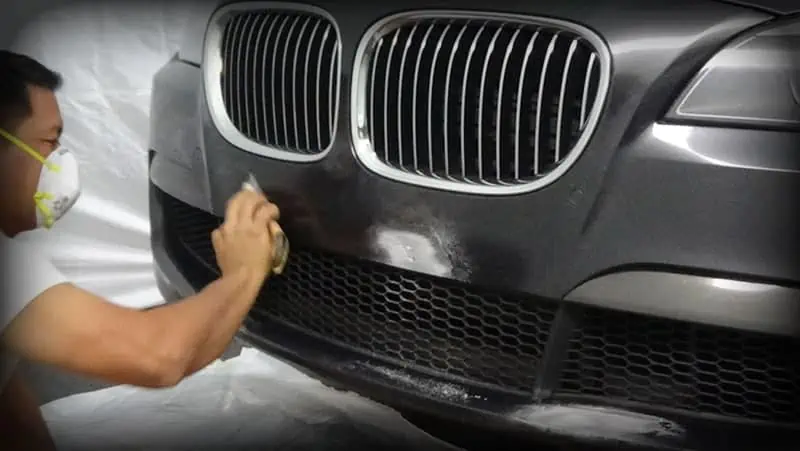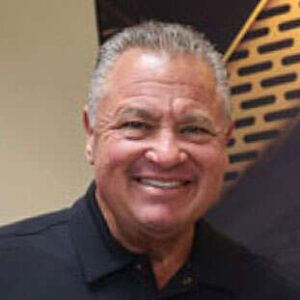Bumper Repair Training
Bumper repair training is an essential component of the paintless dent repair (PDR) industry, offering a wide range of skills necessary for car restoration and enhancement. Here’s an in-depth look at why you should consider this line of training.
Understanding Bumper Repair Training
Bumper repair training teaches the art of fixing various types of paint damage, from paint chips and bumper scuffs to complete panel re-spraying and bumper restoration. Through hands-on training, you will learn how to repair and refinish surfaces using the proper paint preparation techniques and make small repairs without the need for complete re-spraying.
Learn to Repair Scuffed Bumpers: What is the scope of a bumper repair training course?
Bumper repair training includes:
- Paint Repair: From touch-ups to full restoration.
- Collision Repair: Fixing damage caused by accidents.
- Plastic Bumper Repair: Techniques for modern cars.
- Dent Removal: PDR training for all types of dents.
- Paint Color Matching Software: Ensuring the perfect color match.
- Environmental Considerations: Understanding how waterborne basecoat paints are truly making a positive impact.
Why is this type of paint repair essential in the PDR training industry?
The automotive repair industry demands a professional approach to repairing surfaces. Bumper repair training courses equip you with the skills to complete more work in less time, providing quality paint training. This is particularly relevant as bumpers often bear the brunt of daily wear and tear.
The automotive repair industry demands a professional approach to repairing surfaces, and bumper repair stands out as a pivotal aspect of this demand. Bumpers, being one of the most exposed parts of a vehicle, are susceptible to various forms of damage, including chips, scratches, dents, and collisions. Hence, the need for quality bumper repair is ever-present and ever-growing.
Bumper repair training courses go beyond simple fixes. They equip you with comprehensive skills in various techniques, ranging from paint touch-up to dent removal, collision repair, and even working with plastic bumpers. It’s not just about making a car look good again; it’s about restoring its functionality, integrity, and safety.
This training also emphasizes efficiency, teaching you how to complete more work in less time without sacrificing quality. In an industry where time is money, this is invaluable. Furthermore, with the advancement in paint technology, including the use of waterborne basecoat paints, the methods taught in these courses align with environmental sustainability.
These skills are applicable in a variety of settings, from traditional auto repair shops to mobile bumper repair units that provide on-site services. By learning proper paint preparation, types of paint damage, repair scuffed bumpers, and more, you not only become proficient in a critical aspect of auto maintenance but also open doors to various employment opportunities within the repair industry.
The appeal of bumper repair also extends to car owners who value aesthetics and resale value. Knowing that a vehicle’s appearance can be professionally restored increases customer satisfaction and loyalty.
In essence, bumper repair training courses are not just a niche skill set but a central component of modern automotive care. They enable professionals to meet the real-world demands of today’s cars, adhering to quality standards, environmental considerations, and customer expectations. Whether you’re an aspiring technician or an auto body shop looking to expand services, investing in bumper repair training is both a practical and forward-thinking decision.
How does the training prepare you for the dent repair industry?
The comprehensive training program in bumper repair is designed to equip you with an arsenal of skills that directly translate to the needs of the repair industry. Here’s how the training prepares you for various aspects of the industry:
Understanding Tools and Technologies
The training introduces you to paint touch-up tools, paint color-matching software, and cutting-edge techniques, ensuring that you have hands-on experience with the latest technology. This knowledge is essential for performing precise repairs that meet the industry’s quality standards.
Specialized Techniques
You’ll dive into specific techniques, such as small paint micro-repairs, chip and scratch repairs, collision repair, and plastic bumper restoration. The program provides step-by-step instructions, enabling you to perform diverse repairs that you’ll likely encounter in the field.
Mobile Repair Focus
With a segment focused on mobile paint repair technician tasks, you learn the intricacies of delivering high-quality repair work on-site. This opens doors to the growing mobile repair market, where convenience and efficiency are paramount.
Environmentally Friendly Practices
As the industry leans towards sustainability, the training covers methods that are good for the environment, such as working with waterborne basecoat paints. By adopting eco-friendly practices, you align with industry trends and consumer preferences.
Business Aspects
Some courses also offer insight into the business side of the repair industry, such as managing product costs, customer relations, and operating within hot or cold weather conditions. This broader understanding helps you navigate the real-world challenges of running or being part of a successful repair operation.
Real-World Scenarios
Training isn’t limited to theoretical knowledge. You’ll work on actual vehicle parts, practicing repair and refinishing under the expertise of your master instructor. This practical approach ensures that you’re job-ready from day one.
Compliance and Standards
With an emphasis on a proper and professional approach to repairing, courses often adhere to standards licensed by the relevant authorities, ensuring that you are trained in line with industry regulations.
Customization and Flexibility
Different training options cater to various skill levels, from novices to seasoned technicians. Whether you’re looking to learn how to repair scuffed bumpers or delve into complete panel re-spraying, there’s likely a course tailored to your interests and career goals.
Networking Opportunities
Training often brings together like-minded individuals from various aspects of the industry. The connections made during training can lead to valuable partnerships and job opportunities down the line.
Post-Training Support
Many training schools offer continuous support, helping you transition into the repair industry and providing assistance as you grow in your career.
In summary, bumper repair training is not a one-size-fits-all approach but a multifaceted program that aligns with the diverse and dynamic needs of the repair industry. It’s an investment in a skill set that is both specialized and broadly applicable, preparing you for success in a field where quality, efficiency, and innovation are key.
Can anyone join the bumper repair training program?
Yes, if you have an interest in auto repair, including auto body and auto detailing, and want to learn to repair everything from bumper scuffs to paint restoration, you are eligible. The days of training may vary, but most programs offer a week PDR training or more, depending on the level of expertise required.
FAQs in Quality Paint Training
Q: What are the advantages of learning smart paint repair systems?
A: The smart paint repair training system is known for its effectiveness in both hot and cold weather. It offers a proper and professional approach to repairing damages, helping you develop expertise under the guidance of your master instructor.
Q: How can this training be good for the environment?
A: By developing breakthrough technologies in water-based and other environmentally friendly solutions, the training aligns with systems in the refinishing industry that are conscious of their environmental impact.
Q: What does a license by the BPPE mean for the training program?
A: Being licensed by the Bureau for Private Postsecondary Education (BPPE) ensures that the training meets specific educational standards, reflecting the quality of the program.
Learn How to Repair Scuffed Bumpers in the PDR Industry
The scuffed bumper repair training system is not just about fixing a dent; it’s about understanding the intricacies of the PDR industry, paint protection film, product cost considerations, and the proper techniques for repairing scuffed bumpers. Whether you want to become a mobile bumper autobody repair technician or delve into auto detailing, this training is a gateway to a fulfilling career.
Scuffed Bumper Repair Training
Knowing that each scuffed bumper is a unique challenge, learning from the best paint system for mobile repairs, and understanding types of paint damage will set you apart in this booming industry. Enroll today to start your journey toward a successful career in the paint and dent repair industry!



